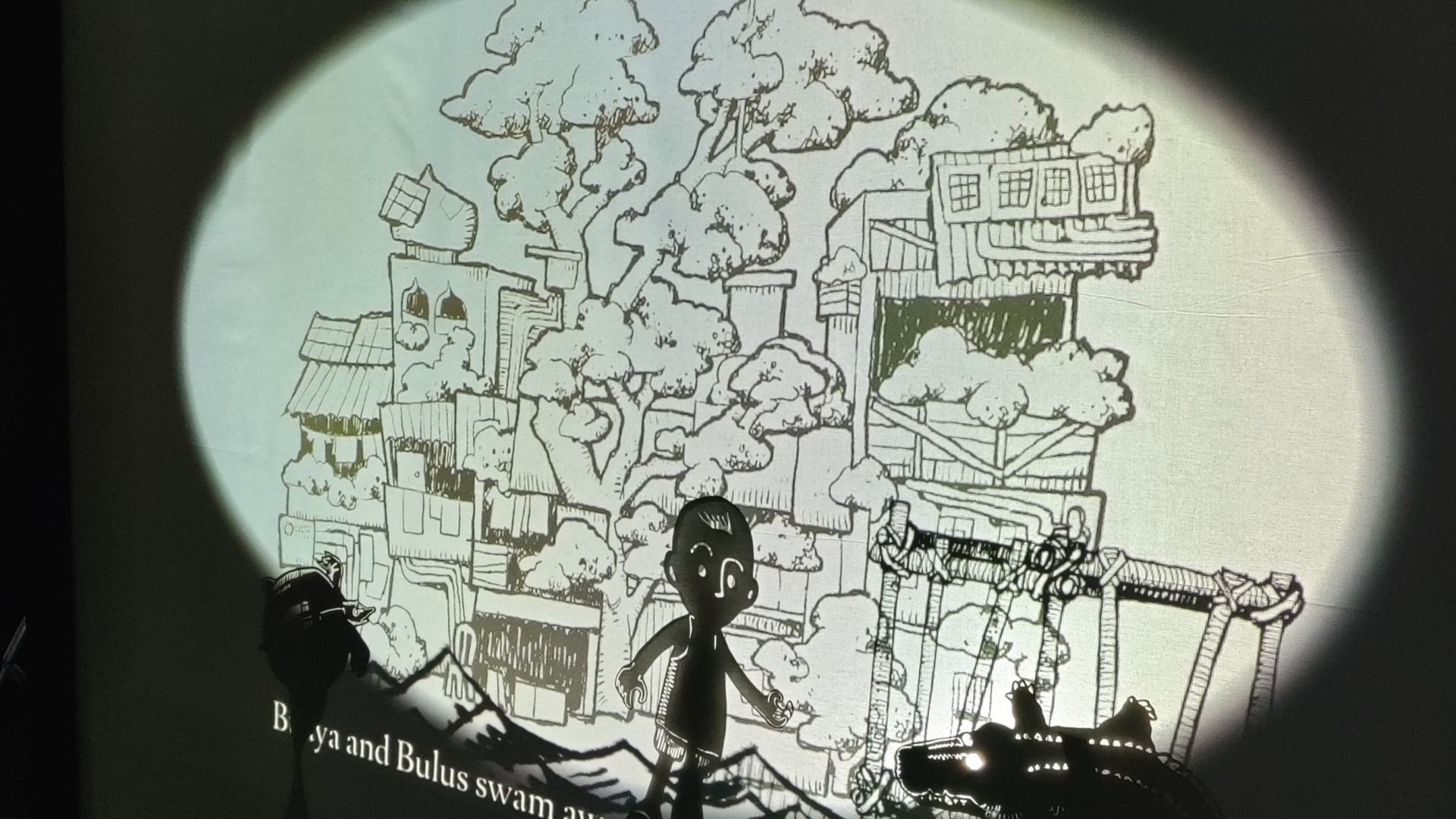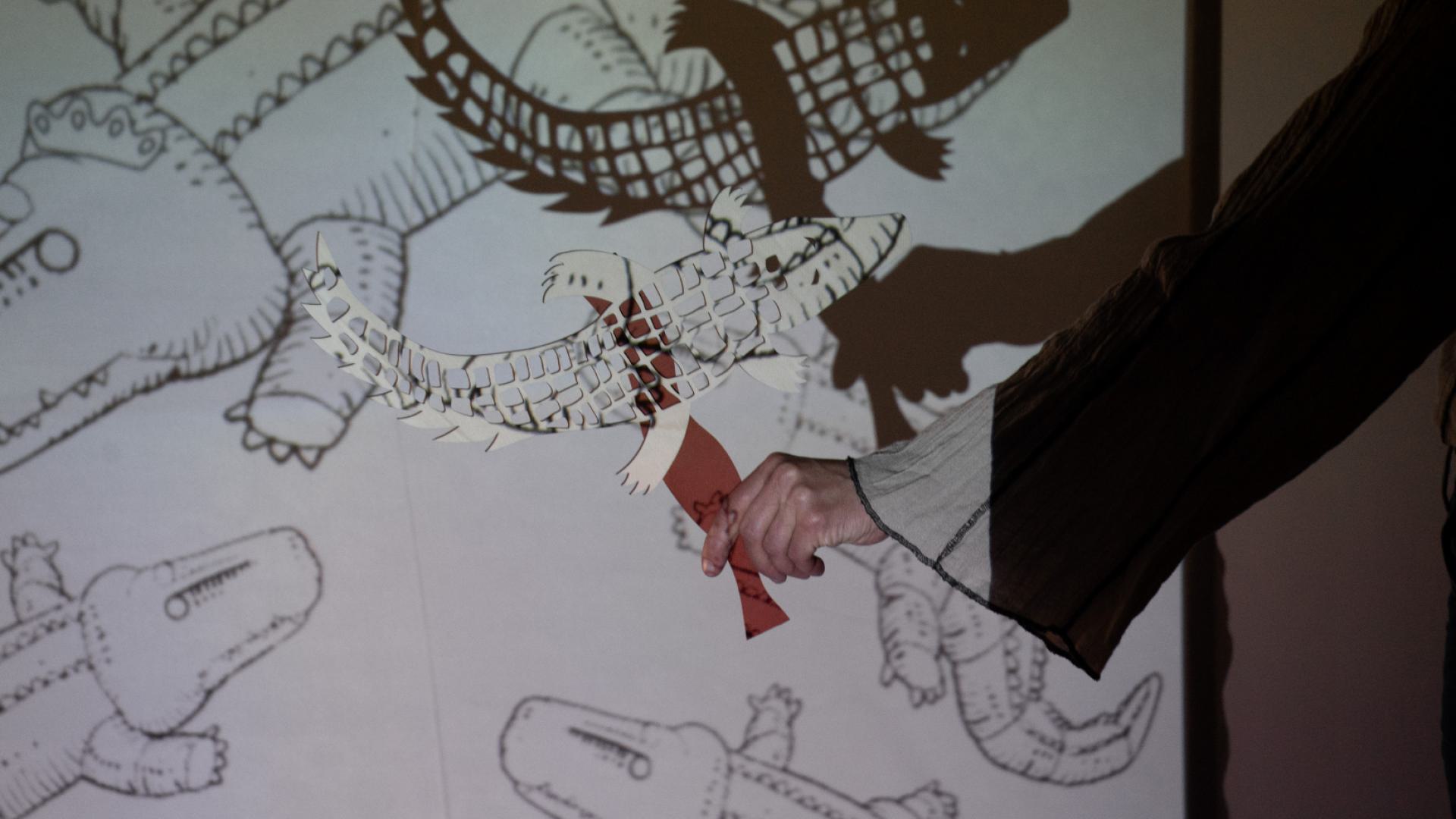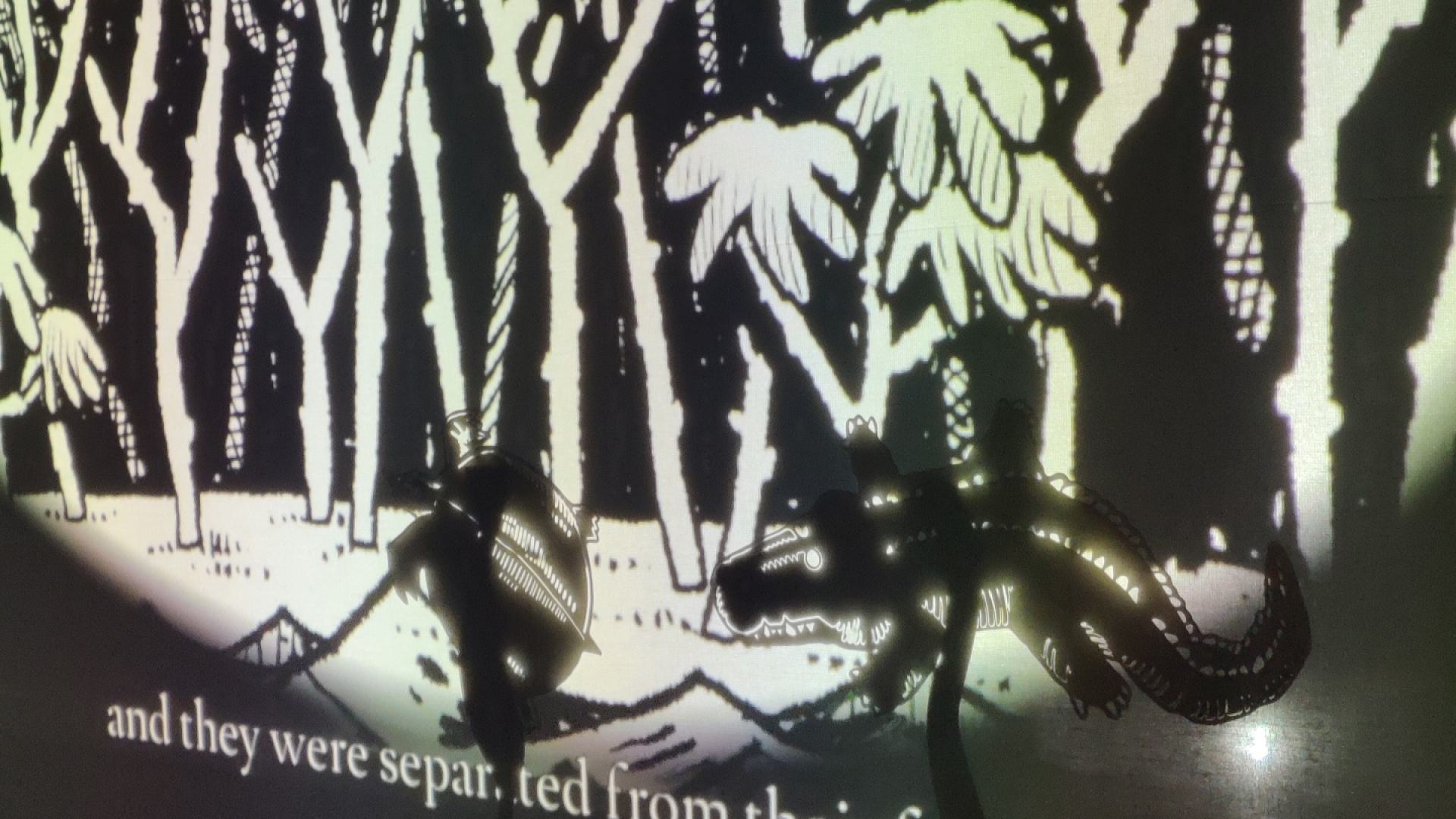Ancestral Wisdom and Colonial Engineering
This project is conceptually rooted in the historical friction of colonial Jakarta (Batavia), a flood-prone landscape governed by two conflicting worldviews. For the indigenous Betawi people, the region's rivers were sacred entities, and coexistence was navigated through a deep, mythic wisdom that revered animals like the crocodile as guardian spirits. This ancestral knowledge, passed down through oral traditions, accepted nature’s power as a cycle to live with. In stark contrast, the Dutch colonial administration approached the environment as an engineering problem to be solved. They imposed a rationalist, technological order through a system of canals, seeking to control the water and dismiss local beliefs as mere superstition. This foundational clash between living with nature and seeking to conquer it provides the critical backdrop for the work.
An Allegory for a Wounded River
The River Speaks in Dreams translates this historical tension into an allegorical fairytale. The narrative is a deliberate artistic device where characters become archetypes: Buaya, the crocodile, represents the sacredness of nature, and his capture by humans symbolizes the violation of this balance. The resulting flood, manifested by a mystical turtle, is not a random disaster but nature’s direct response to this transgression. The story’s resolution intentionally subverts a solutionist mindset; balance is restored not through human ingenuity, but through a dream—an intuitive, non-rational communication between the river’s spirit and a young boy.
Towards an Ecology of Knowledge
Ultimately, this project serves as a critique of the purely technocratic and often colonial mindset that dominates contemporary approaches to our ecological crises. It does not reject science, but instead challenges the rigid hierarchy that privileges empirical data over other valid forms of knowing. The work argues for a synthesis—a more integrated and resilient "ecology of knowledge" where ancestral wisdom, myth, and intuition are recognized as vital data points alongside scientific analysis. By telling a story where the crucial solution comes from a dream, the project invites us to decolonize our relationship with the environment. It poses a fundamental question for designers, artists, and thinkers: what might become possible if we learned to listen to and trust the non-human stories the world is telling us?

 Dogs are allowed
Dogs are allowed
 Toilets available
Toilets available
 Partially wheelchair accessible
Partially wheelchair accessible
 Wheelchair friendly toilet available
Wheelchair friendly toilet available


